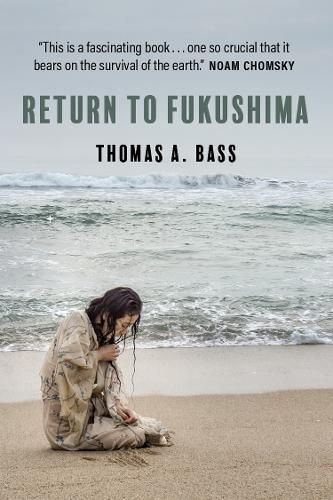Readings Newsletter
Become a Readings Member to make your shopping experience even easier.
Sign in or sign up for free!
You’re not far away from qualifying for FREE standard shipping within Australia
You’ve qualified for FREE standard shipping within Australia
The cart is loading…






Is it possible to live in a nuclear exclusion zone?Return to Fukushimacaptures the aftermath of the 2011 nuclear disaster, chronicling the resilience of people navigating life amid radioactivity.
Fukushima is an ongoing nuclear disaster. The four reactors that melted down and exploded in 2011 are still deadly, even to the robots that get burned up trying to explore them. Over a hundred thousand people remain displaced, their homes frozen in time, eerie ghost towns where slippers sit undisturbed at doorsteps and tables are set for absent guests. Wild animals have moved into the houses. Vines overgrow buildings surrendering to entropy.
But grassroots efforts are reviving Fukushima, propelled by the ingenuity of local farmers and entrepreneurs, citizen scientists, artists, and immigrants from around the world who are intrigued by starting new lives in the red zone.
In 2018 and again four and a half years later, Thomas Bass travelled to Fukushima. The difference was dramatic: The place had been cleaned up and reopened. Gradually, people are learning to live with radioactivity, decontaminate their fields, monitor their food, and prepare for the next wave set to wash over this seismically precarious part of the world. After seven years of research, including travels to Chernobyl, Bass gives us a remarkable account of how Fukushima's Argonauts of the Anthropocene are guiding us into our atomic future.
$9.00 standard shipping within Australia
FREE standard shipping within Australia for orders over $100.00
Express & International shipping calculated at checkout
Is it possible to live in a nuclear exclusion zone?Return to Fukushimacaptures the aftermath of the 2011 nuclear disaster, chronicling the resilience of people navigating life amid radioactivity.
Fukushima is an ongoing nuclear disaster. The four reactors that melted down and exploded in 2011 are still deadly, even to the robots that get burned up trying to explore them. Over a hundred thousand people remain displaced, their homes frozen in time, eerie ghost towns where slippers sit undisturbed at doorsteps and tables are set for absent guests. Wild animals have moved into the houses. Vines overgrow buildings surrendering to entropy.
But grassroots efforts are reviving Fukushima, propelled by the ingenuity of local farmers and entrepreneurs, citizen scientists, artists, and immigrants from around the world who are intrigued by starting new lives in the red zone.
In 2018 and again four and a half years later, Thomas Bass travelled to Fukushima. The difference was dramatic: The place had been cleaned up and reopened. Gradually, people are learning to live with radioactivity, decontaminate their fields, monitor their food, and prepare for the next wave set to wash over this seismically precarious part of the world. After seven years of research, including travels to Chernobyl, Bass gives us a remarkable account of how Fukushima's Argonauts of the Anthropocene are guiding us into our atomic future.